
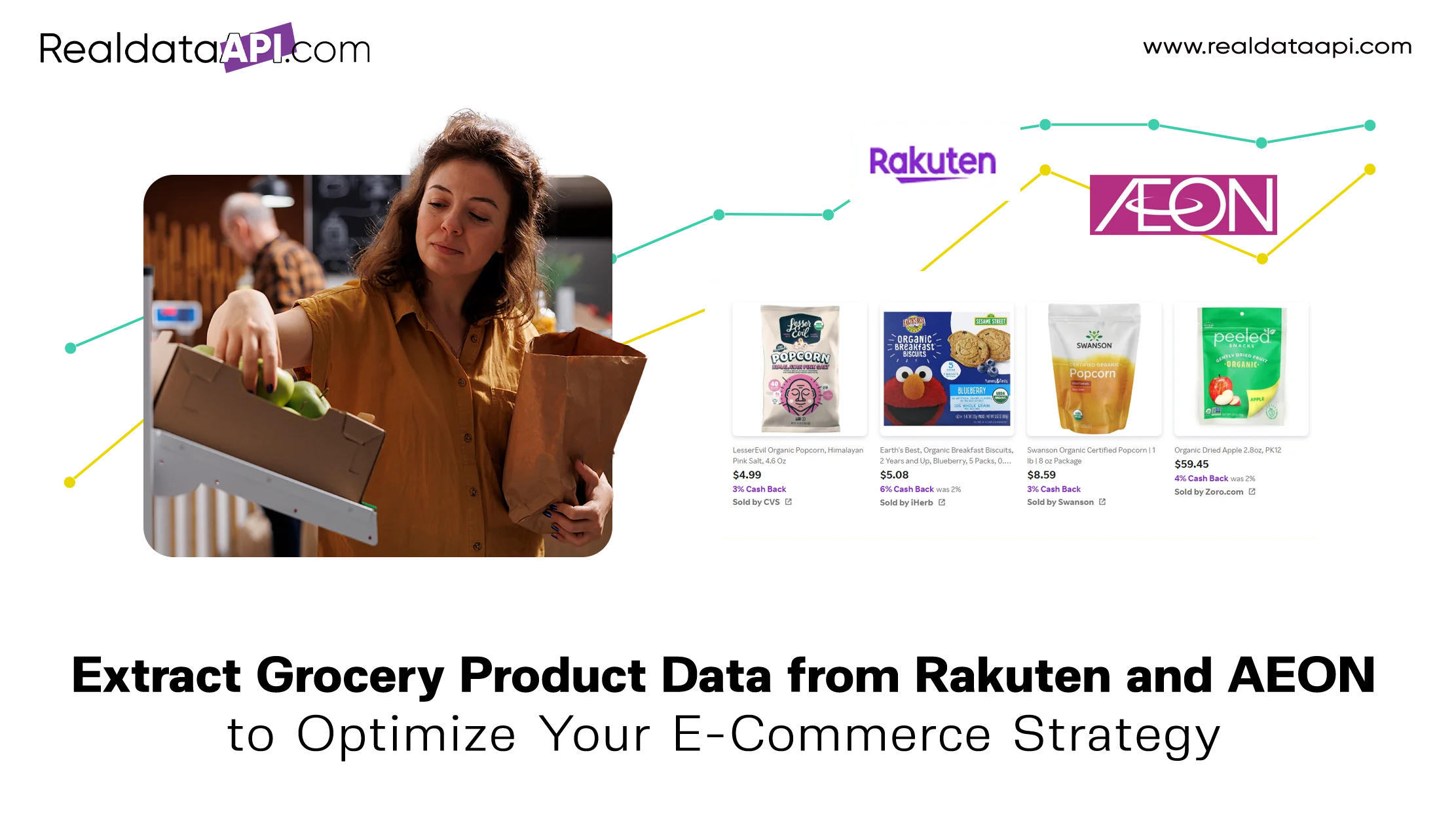
Introduction
In Japan’s rapidly evolving e-commerce landscape, success hinges on real-time access to competitive pricing and product intelligence. Whether you're a retailer, Q-commerce operator, or market analyst, the ability to extract grocery product data from Rakuten and AEON can give you the edge needed to optimize pricing, manage inventory more effectively, and outperform competitors.
Let’s explore how you can leverage Rakuten and AEON grocery data to fine-tune your e-commerce strategy.
Why You Should Extract Grocery Product Data from Rakuten and AEON?
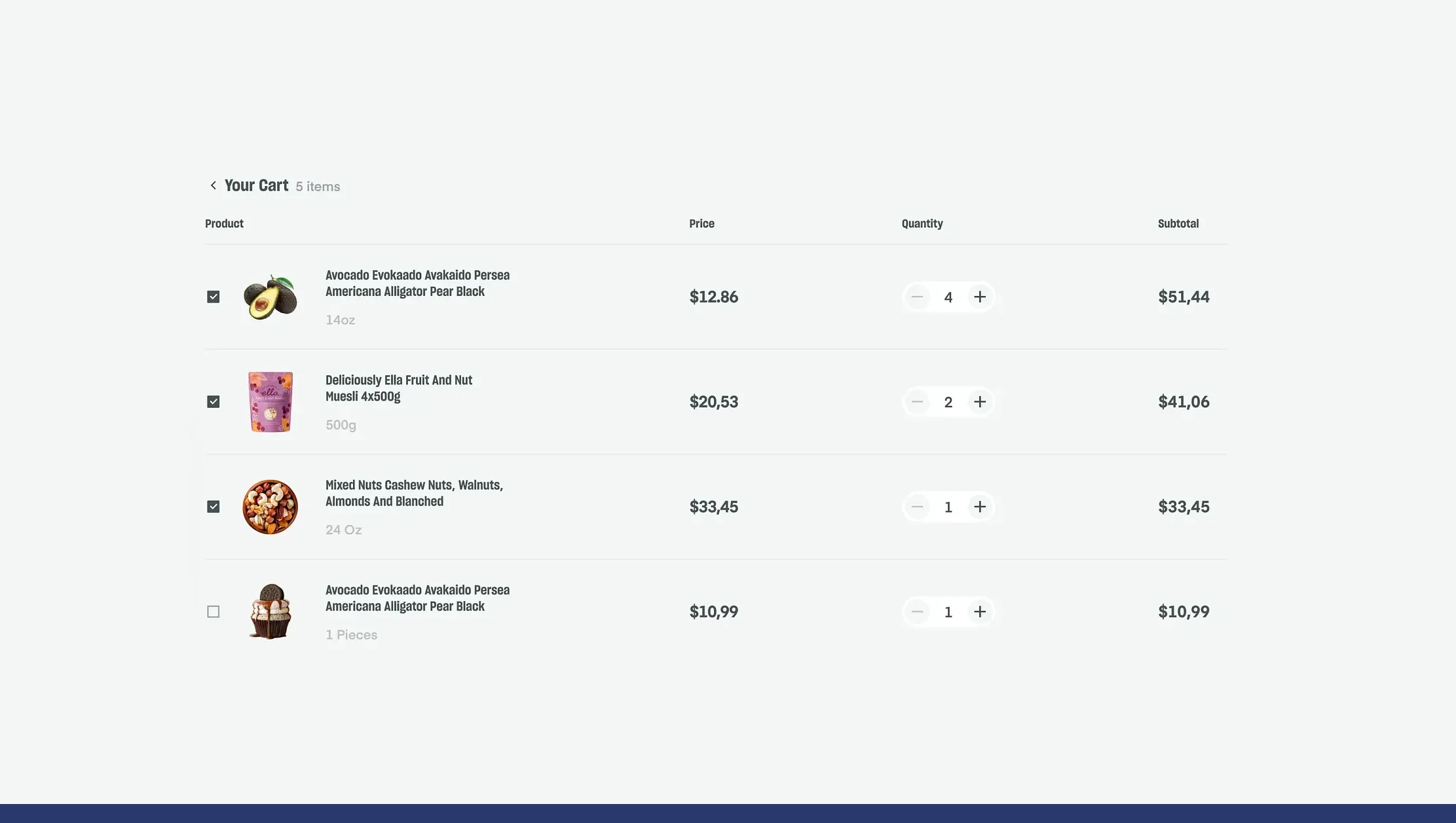
Both Rakuten and AEON are powerhouses in Japan’s digital retail space. Rakuten, a dominant e-commerce platform, supports thousands of sellers and quick commerce models, while AEON operates one of the largest grocery chains in Japan with both in-store and online ecosystems.
To gain a competitive edge, businesses must extract grocery product data from Rakuten and AEON and turn that into actionable insights. By collecting this data, businesses can identify pricing trends, detect gaps in product offerings, and monitor top-selling items. This creates opportunities for smarter decision-making across procurement, logistics, pricing, and promotions.
Table: Japan’s Online Grocery Market Size (2020–2025)
| Year | Online Grocery Market (Billion USD) | Growth Rate (%) |
|---|---|---|
| 2020 | 5.2 | — |
| 2021 | 6.7 | 28.8% |
| 2022 | 8.3 | 23.9% |
| 2023 | 9.9 | 19.3% |
| 2024 | 11.4 | 15.2% |
| 2025 | 13.2 (Est.) | 15.7% |
Analysis: The growing digital grocery segment in Japan emphasizes the need for real-time, structured data from key platforms like Rakuten and AEON. Businesses that automate data extraction and analysis can tap into this booming opportunity and scale faster with optimized strategies.
Start extracting grocery product data from Rakuten and AEON today with Real Data API to gain powerful insights, boost margins, and stay ahead of the competition!
Get Insights Now!How to Monitor Grocery Prices in Japan for Strategic Advantage?

Japan’s grocery sector is price-sensitive, especially with inflation, fluctuating demand, and frequent promotional campaigns. To stay competitive, brands must continuously monitor grocery prices in Japan to understand regional pricing behaviors and customer expectations.
By scraping prices daily or weekly from Rakuten and AEON, businesses can identify how prices change across cities, brands, and SKUs. This granular visibility empowers companies to react swiftly—whether by adjusting pricing, launching offers, or modifying inventory levels.
Table: Price Fluctuations for Grocery Categories in Japan (2023–2025)
| Category | Avg. Price 2023 | Avg. Price 2025 | % Change |
|---|---|---|---|
| Fresh Produce | ¥230 | ¥265 | +15.2% |
| Packaged Goods | ¥370 | ¥395 | +6.7% |
| Beverages | ¥180 | ¥210 | +16.7% |
| Dairy Products | ¥310 | ¥355 | +14.5% |
Analysis: By continuously monitoring grocery prices, brands can detect inflation trends, optimize markups, and run targeted promotions. Without automated tools, these insights would remain hidden or outdated—costing businesses both revenue and relevance.
Techniques to Extract Grocery Product Price Across Platforms
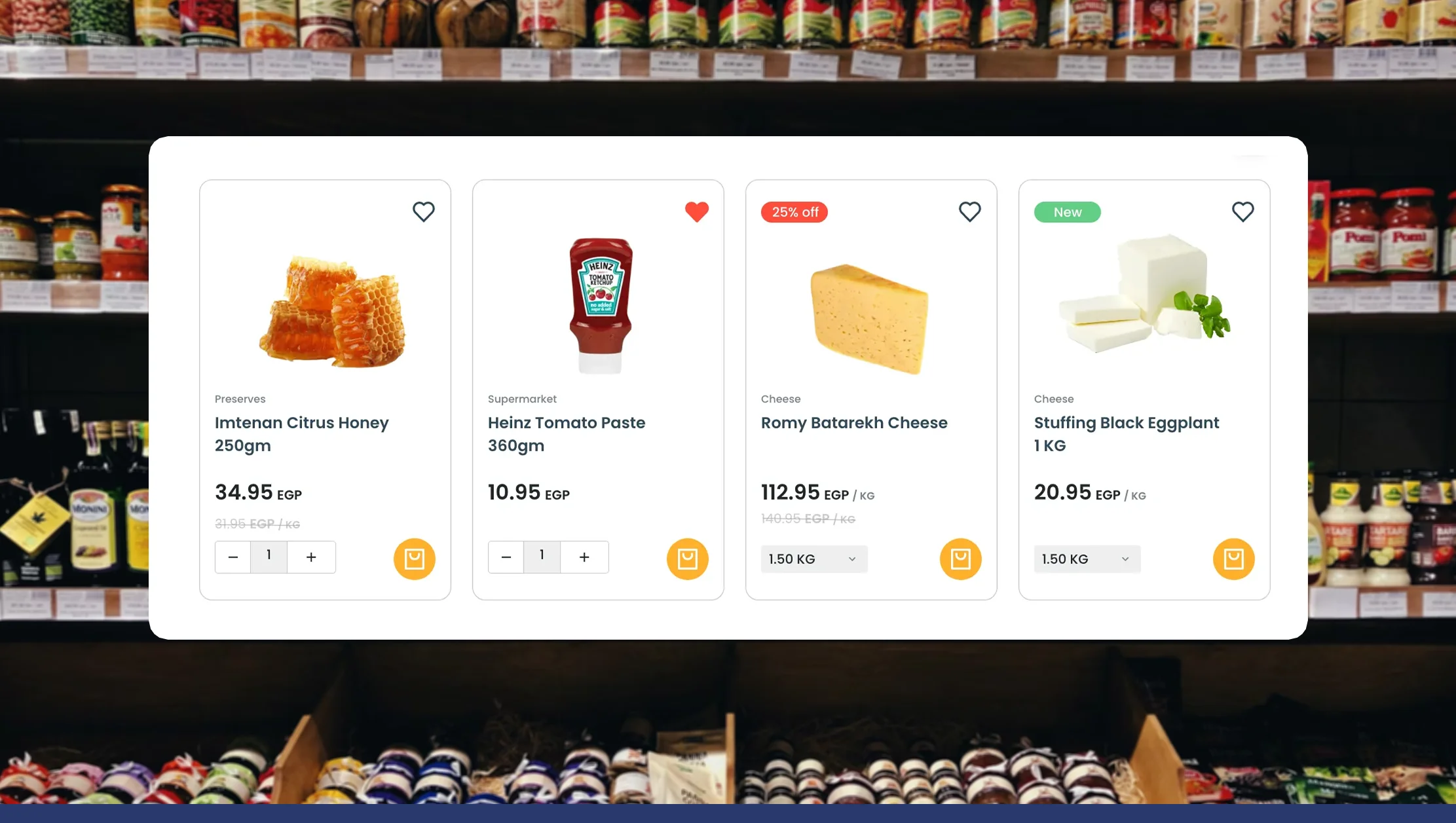
Extracting product-level pricing data from Rakuten and AEON involves more than just scraping HTML. Retailers must also deal with JavaScript-rendered pages, regional pricing discrepancies, and dynamic inventory listings. Automating the process to extract grocery product price information accurately requires robust data extraction pipelines.
With the right tools, businesses can track not just the price, but also discount rates, bundled offers, stock levels, and delivery timelines—all of which influence customer decisions.
Table: Product Price Insights Collected from Rakuten (Q1 2025)
| Product Category | Avg. Base Price | Avg. Promo Price | Discount Rate (%) |
|---|---|---|---|
| Instant Noodles | ¥120 | ¥95 | 20.8% |
| Bottled Water | ¥110 | ¥88 | 20.0% |
| Canned Vegetables | ¥210 | ¥175 | 16.7% |
Analysis: Extracted data helps uncover pricing tactics such as flash sales and regional discounts. These insights inform how your own SKUs should be priced across marketplaces or direct-to-consumer platforms.
Using AEON Product Data Scraping to Analyze Inventory and Promotions

AEON’s grocery platform is deeply localized, offering a hybrid experience of physical retail plus digital convenience. Through AEON product data scraping, businesses can understand in-store vs. online availability, promotional timing, and price elasticity.
This data is particularly useful for FMCG brands and delivery platforms looking to sync inventory across channels. AEON’s catalog includes stock availability indicators, seasonal promotions, and location-based pricing—all of which can be scraped and analyzed for deeper insights.
Table: AEON Online Grocery Promotions by Product Type (2024)
| Product Type | Avg. Promo Duration | Avg. Discount (%) | Frequency (Monthly) |
|---|---|---|---|
| Fresh Produce | 5 Days | 10% | 4 times |
| Snacks & Treats | 7 Days | 15% | 3 times |
| Household Goods | 10 Days | 20% | 2 times |
Analysis: Tracking AEON promotions helps identify the best windows for launching price matches or bundles. It also reveals how Japanese consumers respond to promotions—vital for planning effective e-commerce campaigns.
Unlock deeper inventory and promo insights with AEON product data scraping—partner with Real Data API to streamline decisions and outperform your grocery competitors today!
Get Insights Now!How to Compare Retail Pricing Using Multi-Platform Grocery Data?
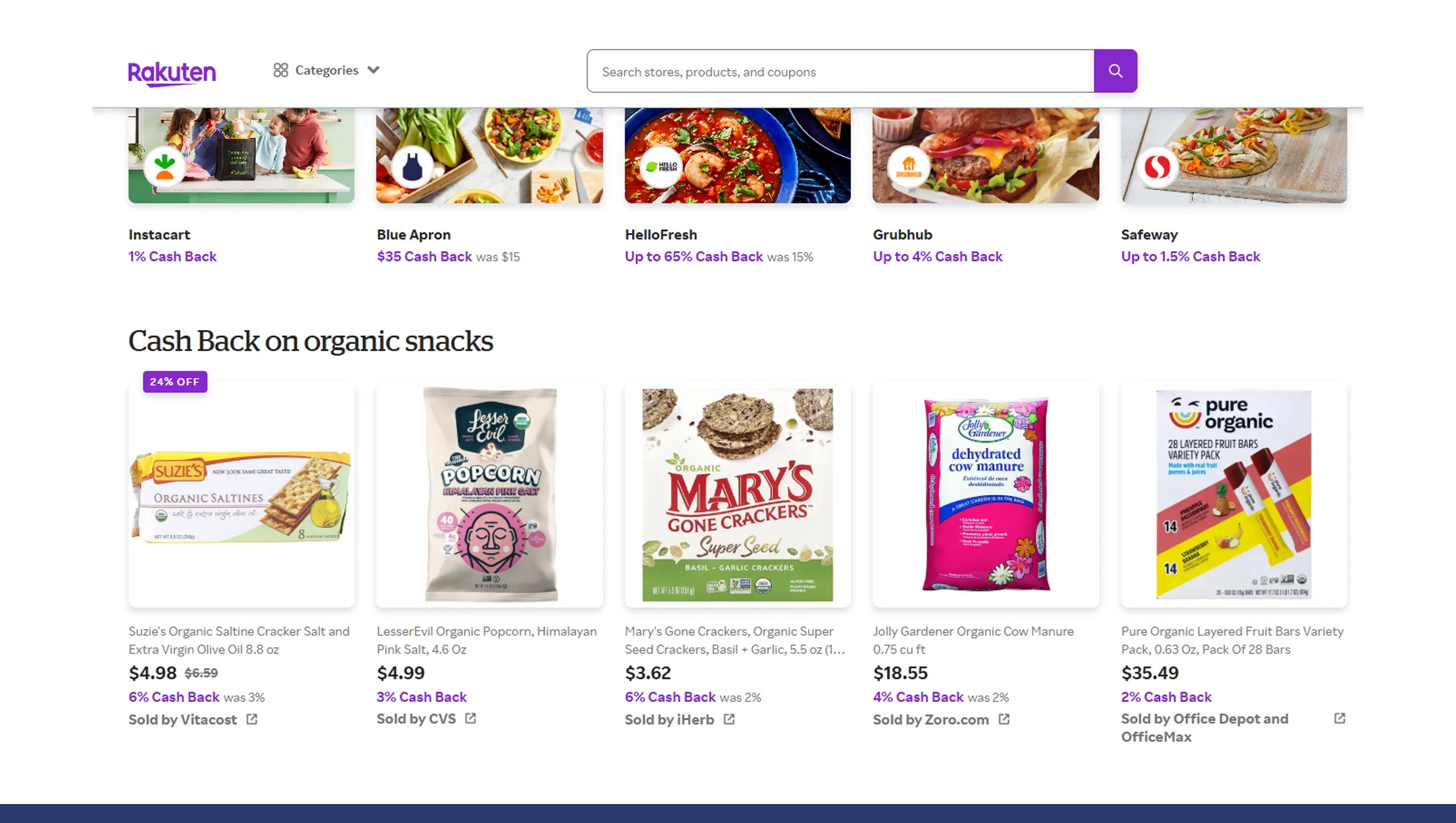
To truly optimize your e-commerce pricing, you need to compare retail pricing between Rakuten, AEON, and even brick-and-mortar benchmarks. This cross-platform analysis reveals how each channel positions products—by price, SKU availability, and promotion style.
With consistent data scraping, businesses can maintain a dynamic pricing strategy, ensuring they’re never undercut nor overpriced. This prevents cart abandonment and improves price perception among shoppers.
Table: Retail Price Comparison of Top 3 Grocery Items (April 2025)
| Product | Rakuten Price | AEON Price | Offline Avg. | Online vs Offline Gap |
|---|---|---|---|---|
| Milk (1L) | ¥195 | ¥205 | ¥185 | +7.3% |
| Rice (5kg) | ¥1,950 | ¥1,890 | ¥1,980 | -1.5% |
| Soy Sauce (1L) | ¥390 | ¥405 | ¥375 | +6.0% |
Analysis: This data highlights pricing discrepancies that businesses can exploit. If Rakuten is cheaper, use that for paid ads. If AEON offers better availability, optimize delivery logistics around it.
Gain Insights Through Rakuten Quick Commerce Scraping
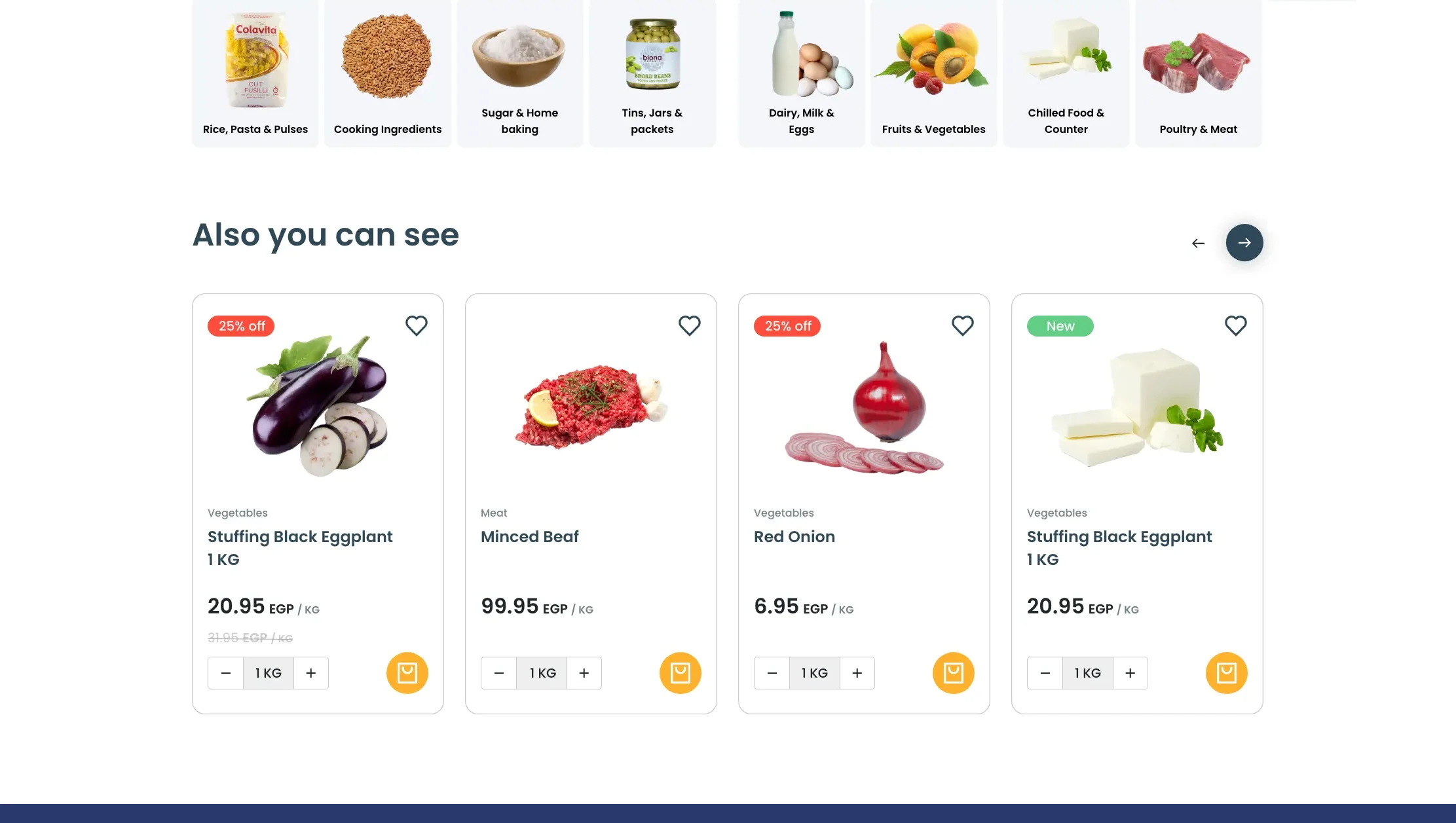
With Rakuten investing heavily in next-day and same-day delivery, understanding their pricing and logistics models is key. Rakuten quick commerce scraping reveals how delivery fees, cutoff times, and express service premiums vary by product, region, and time of day.
These data points are essential for building or refining your own Q-commerce model. Knowing what Rakuten charges for express delivery vs. standard helps you benchmark your service costs and develop competitive delivery strategies.
Table: Rakuten Quick Commerce Fees (Metro Areas – Q2 2025)
| Region | Avg. Delivery Time | Standard Fee | Express Fee | Express Surcharge (%) |
|---|---|---|---|---|
| Tokyo | 3 hours | ¥300 | ¥500 | 66.7% |
| Osaka | 4 hours | ¥280 | ¥450 | 60.7% |
| Nagoya | 5 hours | ¥270 | ¥420 | 55.6% |
Analysis: Q-commerce brands can use this to model express delivery fees and determine what customers are willing to pay for speed. It also informs service-level planning and pricing tiers.
Why Choose Real Data API?
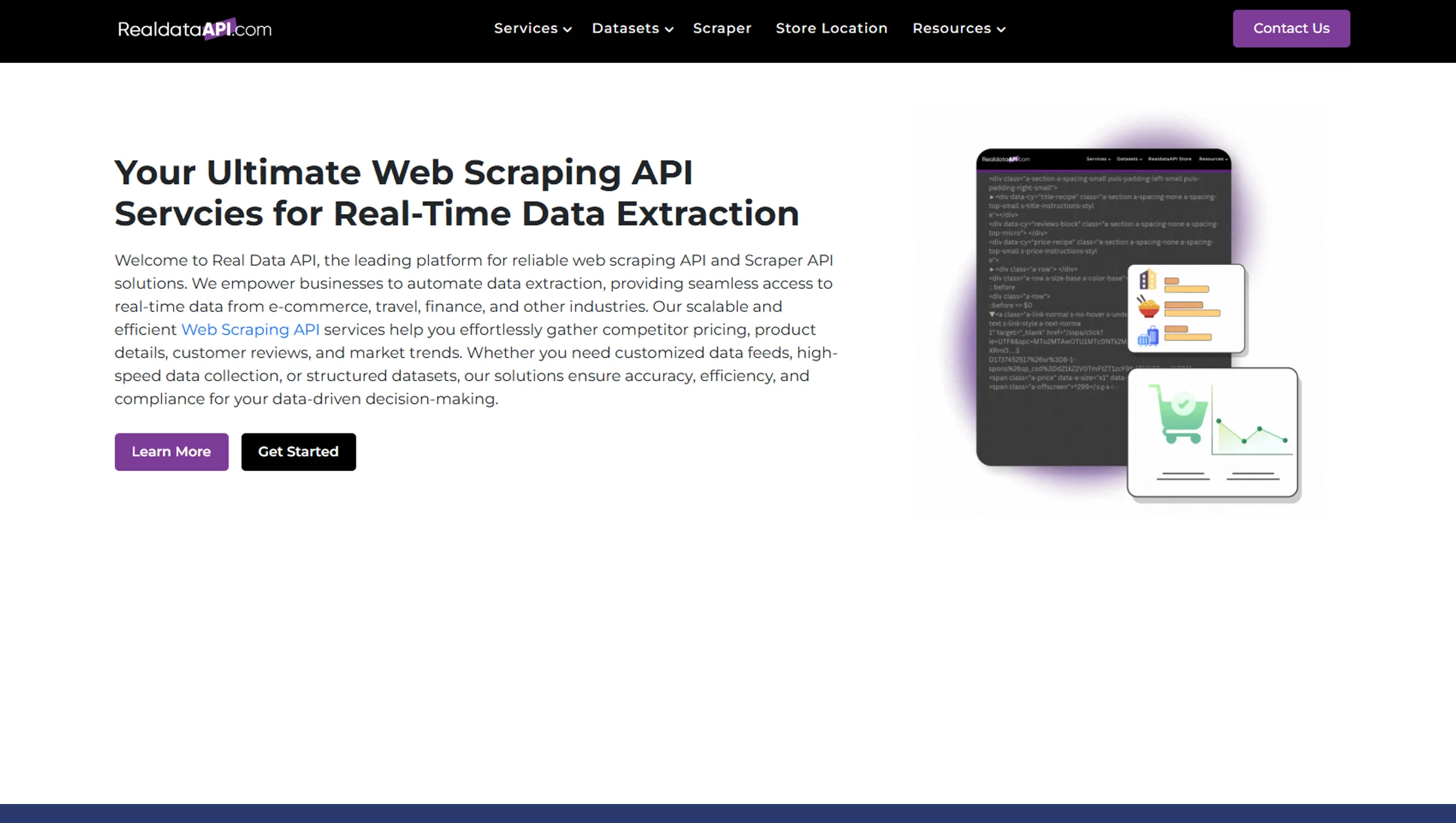
Real Data API is your trusted partner for structured, scalable, and accurate grocery data extraction from Rakuten, AEON, and other Japanese platforms. Here's what sets us apart:
- Advanced Web Scraping Infrastructure: Get high-quality data without captchas or blocks
- Real-Time Updates: Stay ahead with live product price and inventory tracking
- Custom Dashboards: Visualize trends, pricing, and category-specific performance
- Localized Intelligence: Built for Japan-specific e-commerce platforms
- Secure & Scalable: Designed to handle millions of SKUs and frequent updates
Whether you need historical pricing, promotion tracking, or daily price monitoring, Real Data API delivers the tools and insights your business needs to succeed in Japan’s competitive grocery market.
Conclusion
To thrive in the modern grocery e-commerce space, businesses must extract grocery product data from Rakuten and AEON and transform it into actionable intelligence. From pricing optimization and inventory planning to promotion analysis and competitor benchmarking, this data fuels smarter decisions across the value chain.
Start unlocking these insights today.
Contact Real Data API now to power your grocery pricing strategy with data that delivers real results!















